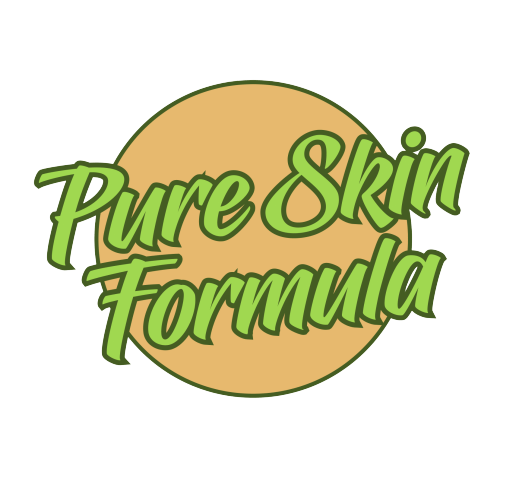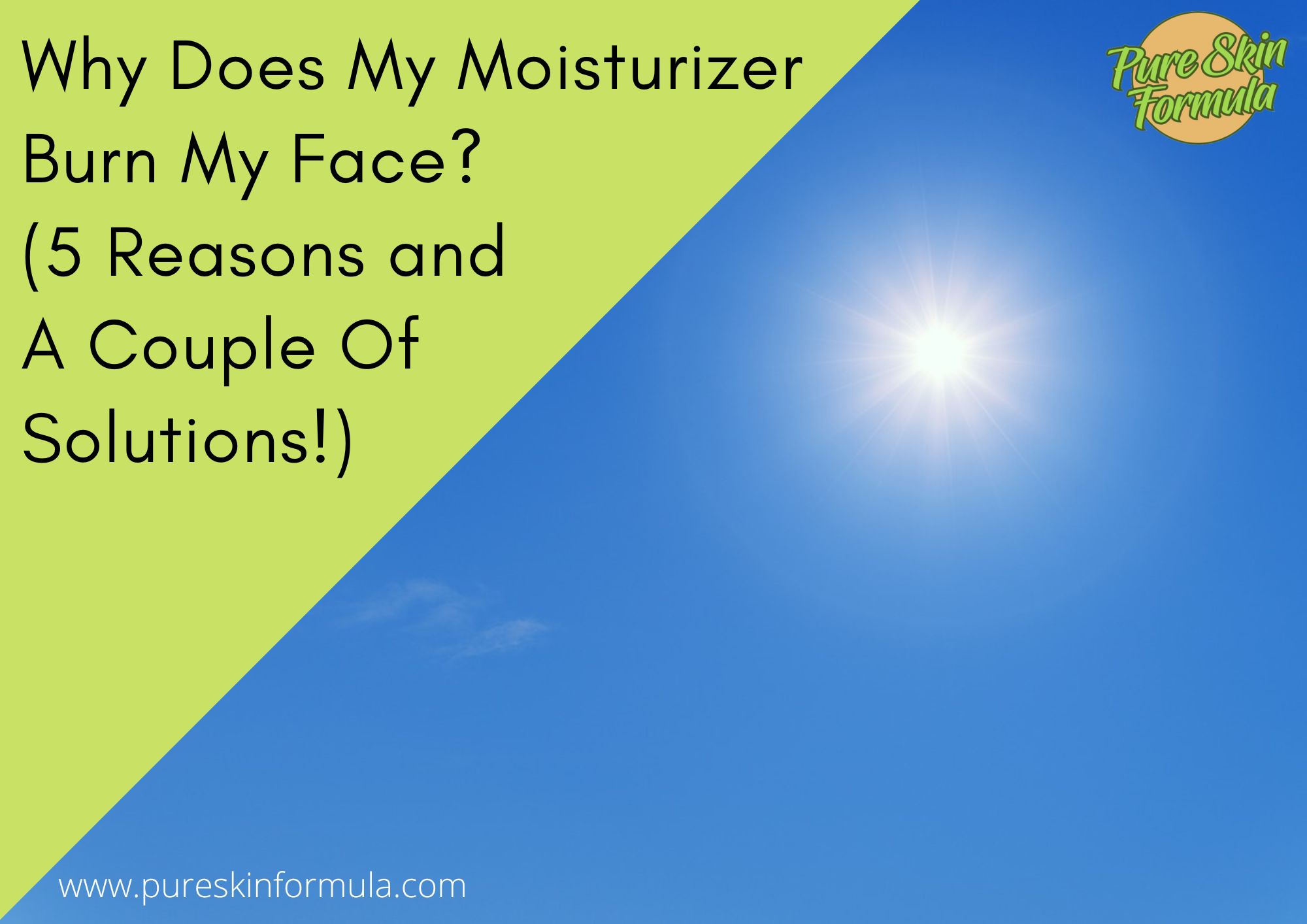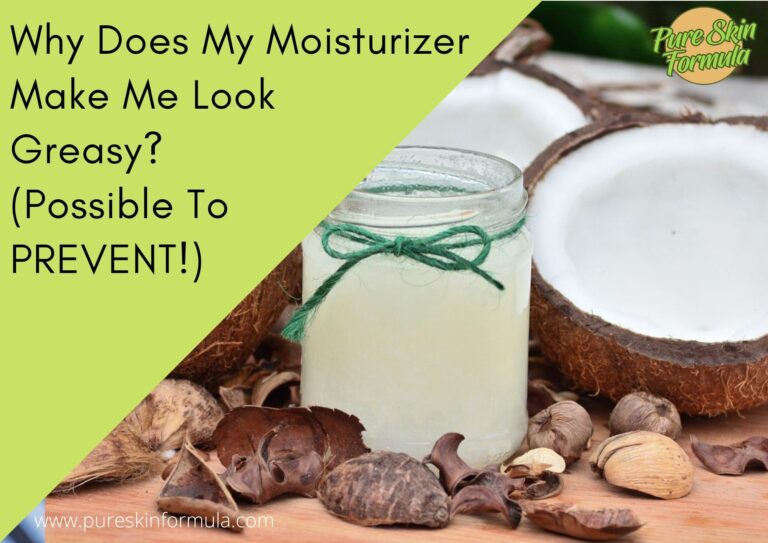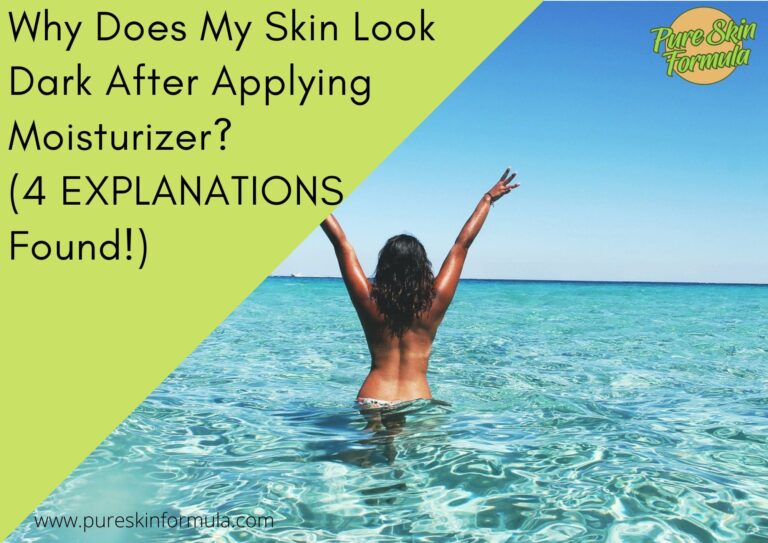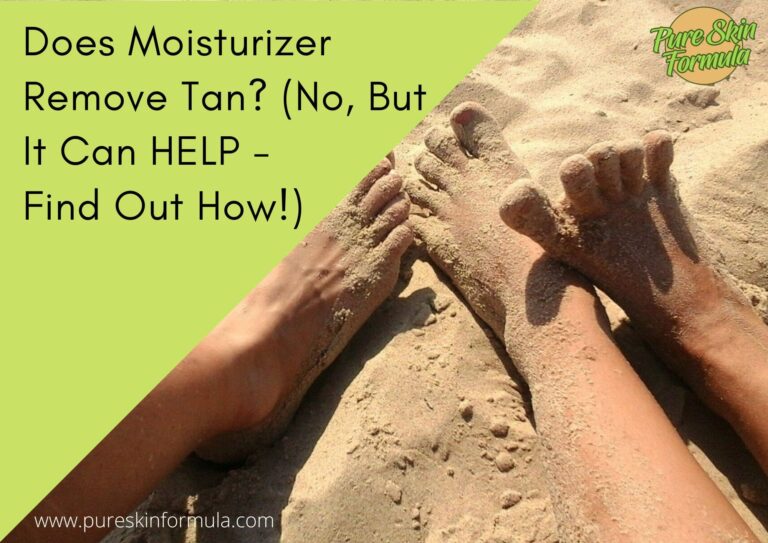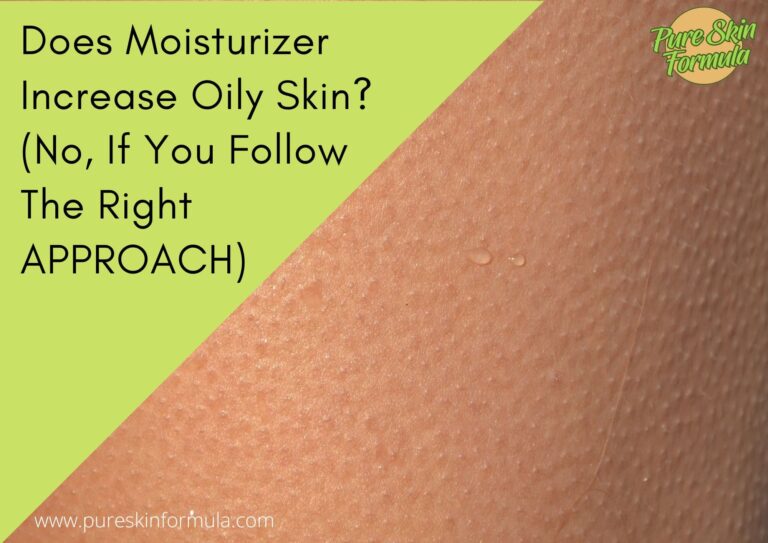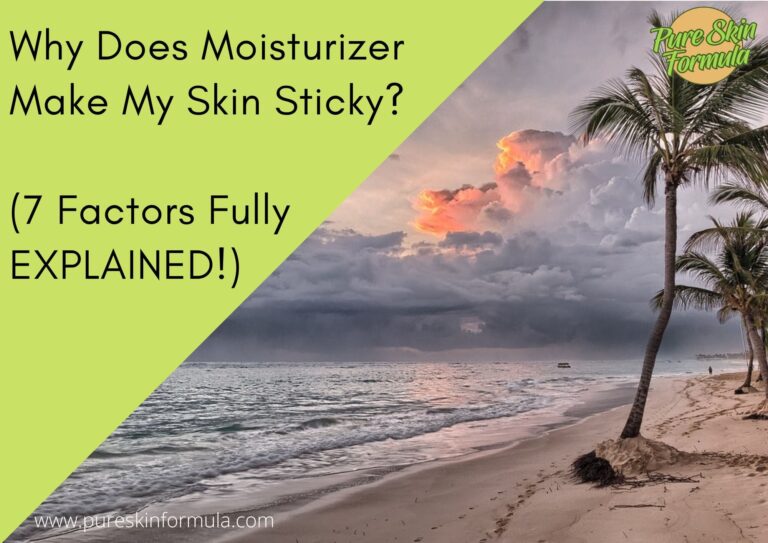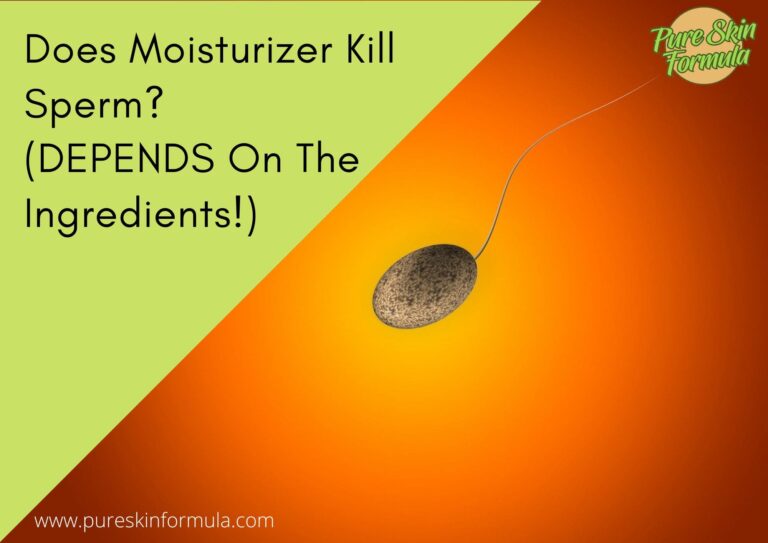Is it normal, only unpleasant, or should you worry if your moisturizer burns your face?
I don’t believe it is normal, as there is a skin reaction against the product.
I will explain in detail the main possible reasons behind this phenomenon, how much you should worry about this and what to do to improve the situation.
Why does my moisturizer burn my face?
- It is a pH issue;
- It is an allergic reaction;
- You have sensitive skin;
- You are using a product with inappropriate ingredients;
- You have skin conditions or wounds.
It is a pH issue
The optimal pH value of the skin on most of the face and body ranges between 4.7 and 5.75. pH level 7 (that of pure water) is considered neutral.
Values below seven are acidic, and above seven are alkaline, so the skin’s natural pH level is slightly acidic.
This slightly acidic pH level is created by the skin’s acid mantle, the water part of the hydrolipidic layer that protects the outer layers of the skin.
The pH level of the skin plays an essential role in its condition. The acid mantle is critical to the skin’s protective barrier.
It neutralizes alkaline aggressors (such as aggressive surfactants), inhibits bacterial growth and maintains the optimal acidic environment where the skin’s natural flora can live.
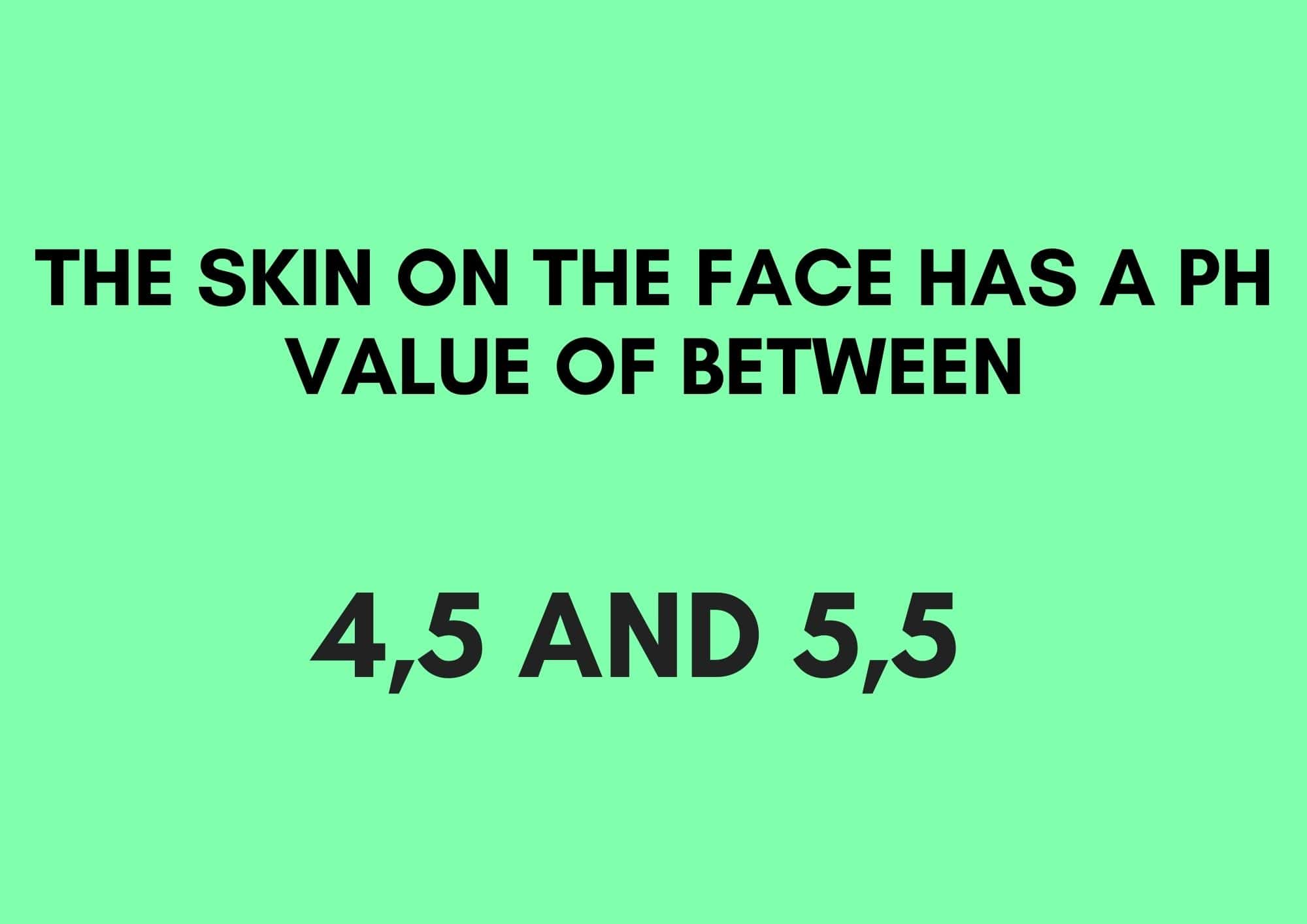
If the skin’s pH level rises, reaching alkaline values, its natural balance is disturbed.
The epidermal lipids necessary for its functioning cannot be synthesised, and the skin loses water and becomes dry.
In this state, the outer layer of the skin (epidermis) can no longer perform the protective barrier function.
When the skin’s barrier function is compromised, the skin is less resistant and more sensitive to environmental influences.
It can become dry, sensitive or hypersensitive and is susceptible to infections, diseases such as atopic dermatitis and conditions such as rosacea, and its ability to protect the body is impaired.
Many external and internal factors can affect the pH level of the skin.
The location of the skin on the body can also affect the pH level, and certain conditions, such as atopic dermatitis, change the skin’s pH level.
Aggressive cleansers and moisturizers with alkaline pH overload the skin’s natural neutralizing ability, damage cell structure, and impair the barrier function of the outermost layer of the epidermis.
Excessive washing and pH
Showering too often or bathing for prolonged periods with boiling water results in losing the skin’s natural moisturizing factors and surface lipids.
The skin dries out and becomes rough. The pH of healthy skin is slightly acidic, and frequent washing with tap water -which ranges from neutral to moderately alkaline – can affect the skin’s natural balance and disrupt its protective barrier function.
It is an allergic reaction
How do you know if you have sensitive, irritated or allergic skin?
Regarding allergies, it is almost certain that you will struggle with intense itching.
Also, your skin is likely red and rough, whether dry or moist.
Sure signs of allergic (contact) dermatitis, a consequence of various cosmetic products or their ingredients, are intense itching, redness, eczema, lichens, hives or pigmentation.

If you experience such reactions, be sure to consult a dermatologist.
Proving an allergy to a particular ingredient is possible with the help of so-called ‘patch tests’ carried out in dermatology and venereology clinics.
Unfortunately, reducing sensitivity to a particular allergen is impossible. Avoiding contact with the substances and products suspected of causing the reaction remains the only solution.
Why do we suffer from skin allergies?
Daily, our skin is subjected to the attacks of various potential allergens and irritants.
With frequent and intense exposure to the same ones, it is possible to develop an allergy.
This is the case for florists to pollen, dyers to paint, and hairdressers to the hair products used.
For other people, an allergy is a genetic condition, possibly even hereditary.
Among the most common allergens causing epidermal irritation are:
- house dust mites or mold;
- hair, feathers, down, wool of animal origin;
- cleaning and detergent products;
- nickel, often used for jewellery;
- synthetic fabrics;
- cosmetic products with aggressive ingredients;
- certain foods – eggs, nuts, dairy products, wheat, seafood;
- some medicines.
Skin allergic reactions occur individually in each person.
Rashes, itching and discomfort occur in different places and with varying intensities according to the intolerance of the particular organism.
What are the symptoms of skin allergy?
In the case of a skin allergy, our immune system usually attacks the allergen that has fallen on the epidermis (e.g. in allergic contact dermatitis) while our skin suffers.
Healthy skin has a hydrolipid sheath consisting of water and lipids. It is the lipids that provide the protective function, shielding our epidermis from moisture loss.
This layer protects us from external factors such as sun, wind, cold, pollution, bacteria and fungi and ensures the skin’s water and oil balance.
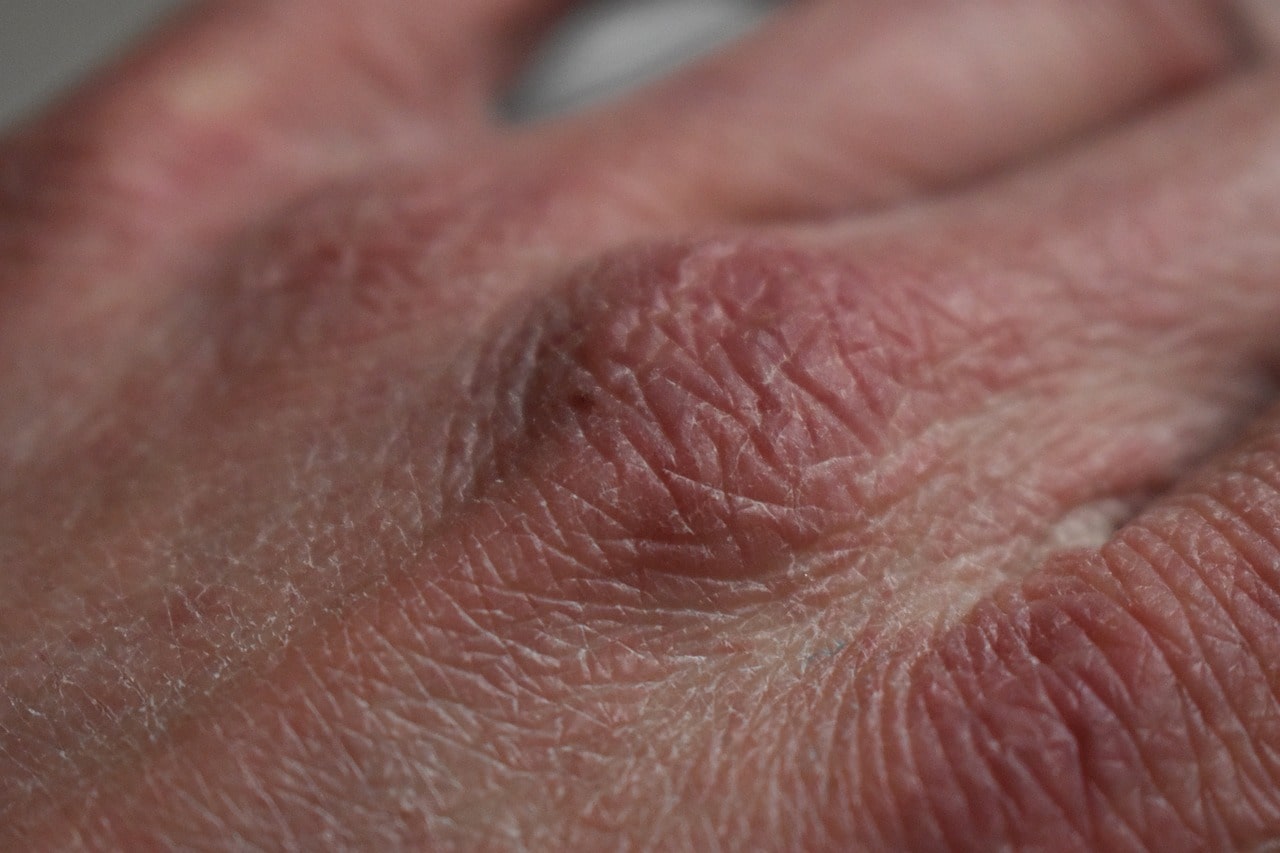
However, in an allergic reaction, this protective barrier is compromised. No longer protecting us from external irritants and allergens, inflammation and itching occur.
Then the skin not only does not protect us from the entry of harmful substances and micro-organisms but is also unable to prevent moisture loss.
It becomes dry, rough, and stretched.
Atopic skin is also usually deficient in filaggrin, a protein that keeps the epidermis’s moisture balance and structures stable.
Thus, among the most common symptoms accompanying skin allergy turns out to be:
- dryness;
- itching;
- redness;
- the sensation of stretching of the skin;
- acute infections, including severe inflammation of the skin, blistering, oozing, and swelling.
You have sensitive skin
A burning sensation on the face, slight redness and discomfort characterize sensitive or reactive skin.
Sensitive skin is stretched or tight but not itchy. If you have similar sensations, your sensitive skin needs as few cosmetics as possible, preferably without or with very little fragrance.
It is a good idea to avoid soaps, exfoliating masks and products containing hydroxy acids, retinaldehyde and tretinoin (vitamin A derivatives).
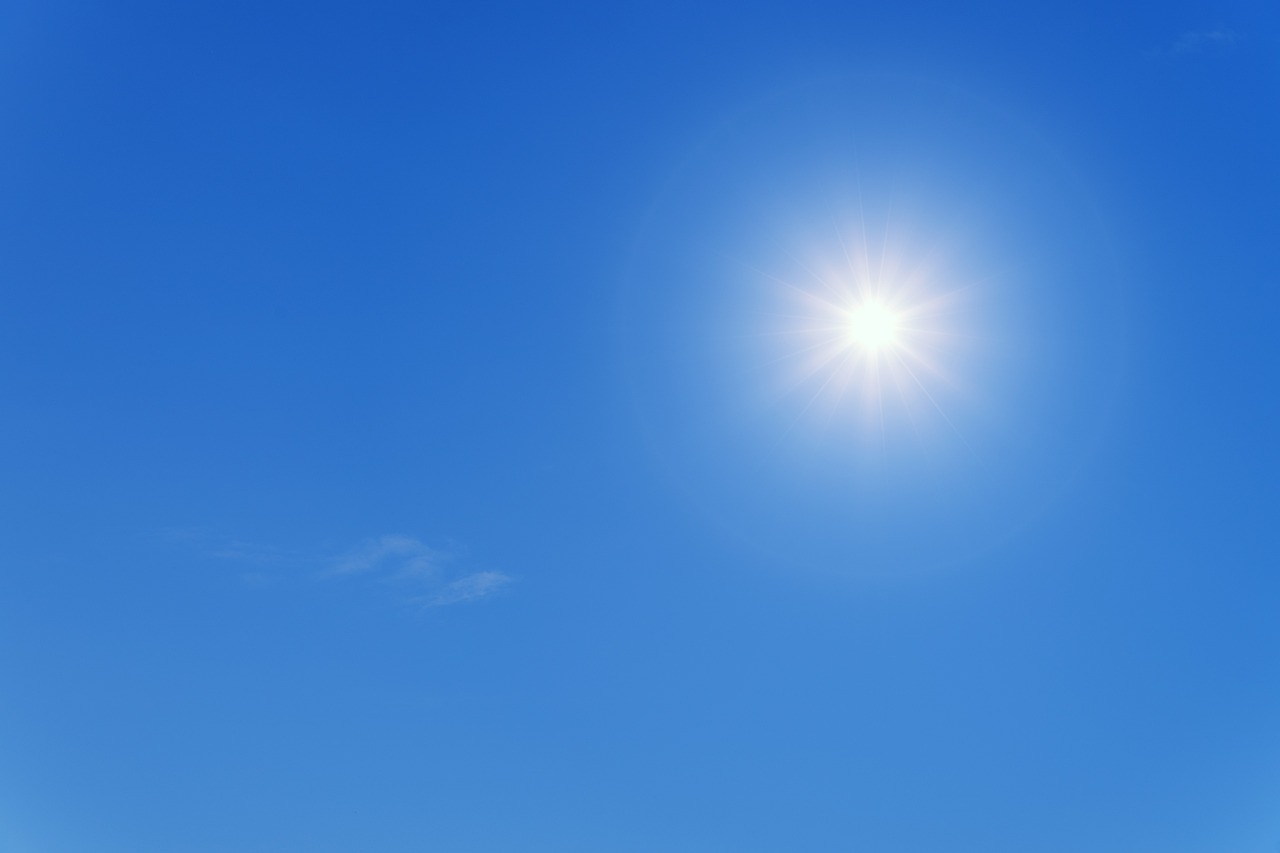
When you see, for example, skin redness from external irritants such as sun, UV rays, wind or an environment with air conditioning, it is advisable to use creams with a light consistency, even cooling.
Irritated skin could be a consequence of using unsuitable cosmetic products.
It’s a good idea to address the irritation and treat it as soon as possible. Otherwise, you put yourself at risk of lowered barrier function and the onset of allergies.
To keep irritation to a minimum, your skincare routine must include cleansing with neutral lotions – not just micellar water and wet wipes to remove make-up, for example – and warm but not hot water – to reduce water loss from the dermis, especially when you have thin skin on your body, and last but not least – using creams containing the right ingredients for the type of irritation.
Of course, self-medication is not advisable in this case either, so it’s best to trust a dermatologist.
You are using a product with inappropriate ingredients/AHAs
Many cosmetic products are not designed for sensitive skin and include all kinds of potential irritants (dyes, fragrances, etc.) that can provoke the symptoms of sensitive skin.
Certain products contain aggressive anti-ageing ingredients, with high alpha hydroxy acids (AHAs) that can intensify skin sensitivity.
The wrong acid chosen, too solid or misused, can irritate the skin, cause redness, and cause a stinging and burning sensation.

Alpha hydroxy acids (AHAs) should therefore be used with caution by people with sensitive skin.
Alpha hydroxy acids are a group of plant and animal products widely used in cosmetics.
They formulate everyday anti-ageing products such as serums, toners and creams, and various chemical peels.
There are seven types of alpha hydroxy acid:
- Citric acid (from citrus fruits);
- Glycolic acid (from sugar cane);
- Hydroxycaproic acid (from royal jelly);
- Hydroxycaprylic acid (from animals);
- Lactic acid (from lactose or other carbohydrates);
- Malic acid (from fruit);
- Tartaric acid (from grapes).
Alpha hydroxy acid supplies citrus fruits with vitamin C, a potent antioxidant.
One of its most effective uses is as an exfoliating agent. It promotes collagen production and blood flow in the skin, helps with scars and age spots, and prevents acne.
Of all the acids available, glycolic and lactic acids are the most promising and well-studied. They are believed to cause almost no skin irritation.
Glycolic acid can penetrate the skin and hydrate its outer layers well.
Many chemical peels and other hair care products contain between 10 and 20% glycolic acid.
It helps with acne, hyperkeratosis, hyperpigmentation, wrinkles and other imperfections.
Lactic acid, produced as a by-product of anaerobic respiration, also hydrates very well.
As mentioned, citric acid is extracted from citrus fruits. It finds application in cleaning products, food additives, cosmetics and medicines.
Almond acid has anti-inflammatory and antibacterial properties, like others of its large family.
It helps with rosacea, acne and urinary tract infections. It is often combined with malic acid in some types of cosmetics.
Malic acid is obtained from apples and other fruits, which must be unripe. It filters out toxins, making the skin healthier, firmer and smoother.
Like malic acid, tartaric acid gives foods a sour taste but also finds use in cosmetics.
What you can do:
Look for specially formulated products to soothe and maintain sensitive skin that are hypoallergenic, free of potentially irritating ingredients and tested on sensitive skin.
You have skin conditions (like rosacea) or wounds
Rosacea is a chronic inflammatory skin condition that usually affects the face. People often confuse it with acne, eczema or an allergic skin reaction due to the nature of the underlying symptoms – facial redness, irritated skin and pimples. Other signs are easy flushing (blushing) and eye problems.
What are the symptoms of rosacea?
The most pronounced symptoms of rosacea are redness of the cheeks, nose, chin and forehead. Less commonly, this redness appears on the neck, head, ears or chest. After a while, broken blood vessels appear on your skin, which may enlarge and swell. Many people with rosacea also suffer from eye problems such as redness, swelling and pain.
Other symptoms of rosacea are:
- prickling and burning of the skin;
- patches of rough, dry skin;
- bulbous, swollen nose;
- larger pores;
- broken blood vessels in the eyelids;
- bumps on the eyelids;
- vision problems.
Rosacea symptoms may appear within weeks, fade and disappear, and then return. If you don’t take care of your condition in time, the redness and swelling can worsen and become chronic.
Causes and risk factors for rosacea
The exact cause of this condition is still unknown. Currently, health professionals believe that the cause of rosacea is genetic in some people. This means that they have a reduced ability to control facial inflammation, which is incited by external factors such as:

- sunburn;
- demodicosis:
- certain medications;
The inflammatory condition is more commonly seen in people who blush easily. In addition, various triggers are known to cause rosacea, such as:
- emotional state (stress, fear, anxiety, embarrassment, etc.) can trigger flushing and aggravate rosacea;
- weather changes, such as high winds or humidity, can cause a worsening;
- sun exposure and sun-damaged skin;
- physical exertion, alcohol consumption, smoking, emotional upsets and spicy foods are other significant causes that can aggravate rosacea.
How rosacea is treated
Although there is currently no known cure, various methods and remedies can relieve the symptoms of rosacea. Without treatment, they can worsen over time. A combination of medications and changes in daily habits and diet usually gives the best results.
To limit the signs of rosacea (burning sensation, dilation of blood vessels, redness), choose fragrance-free cosmetics, alcohol-free (called ALCOHOL DENAT in the formula), and non-comedogenic products.
In conclusion
After using moisturiser, I want to have covered the most probable factors that can cause skin burns.
In most cases, it will be either your skin (pH, allergy, skin condition, sensitive skin) or the product to be the cause.
I have also mentioned some tips on discovering the issue and relieving the pain.
Thank you for reading!
Valeria
